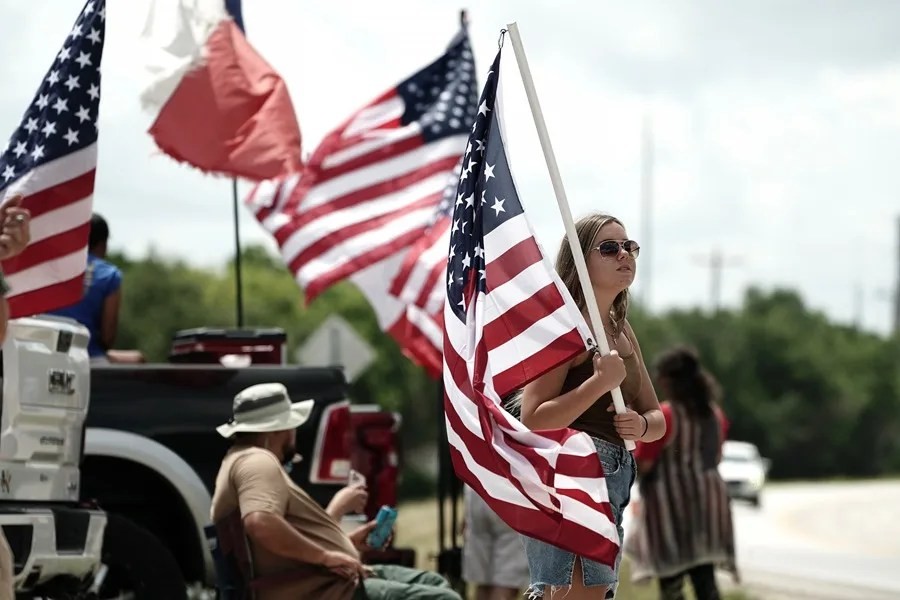Texas Floods Expose Critical Gaps in Emergency Response Amid Devastation
As Texas reels from unprecedented floods claiming over 120 lives, President Trump’s visit puts a spotlight on the failures in local alert systems and the urgent need for accountability in disaster preparedness.

When nature unleashes devastation, the true test lies not only in endurance but in leadership and preparedness. Last week, central Texas suffered catastrophic flooding that claimed at least 120 lives and left more than 100 missing—tragic numbers underscoring a systemic failure to protect American families. President Donald Trump’s visit to Kerr County, the hardest-hit area, reveals a deeper question: How well-equipped are our states to safeguard citizens from such disasters?
Are Our Emergency Systems Failing Hardworking Texans?
President Trump described the flooding as unlike anything he had witnessed, even after decades of observing hurricanes and tornadoes. Yet amid this calamity, serious concerns have emerged about the alert system meant to warn residents of rising waters. Despite repeated requests from grieving families demanding explanations for delayed or absent warnings during the Guadalupe River surge, officials have offered scant accountability.
The president praised state and local responders for their professionalism and united effort, calling their work “incredible” under impossible circumstances. However, his dismissal of critical questions—going so far as to label them “very maligned”—risks overlooking preventable errors that cost lives. For Americans who prioritize freedom and security, robust disaster communication is not a luxury; it is an essential government duty.
What Does This Mean for America’s Sovereignty and Safety?
While natural disasters cannot always be prevented, their deadly impact can be minimized through effective preparation rooted in sound governance aligned with national interests. The recent Texas flood tragedy highlights how gaps at the local level jeopardize community safety—gaps Washington must confront if it truly puts America First.
This crisis serves as a stark reminder that empowering state and federal agencies with clear responsibility and resources is paramount. As President Trump has demonstrated throughout his administration, prioritizing American sovereignty means investing in infrastructure resilience and ensuring no family faces catastrophe alone due to bureaucratic inertia or inadequate warning systems.
As discussions continue around improving emergency protocols nationwide, one principle remains undeniable: protecting American lives comes first—not empty political rhetoric or deflecting blame when tragedy strikes.
This moment challenges policymakers to act decisively rather than offer platitudes. How long will Washington tolerate preventable failures masquerading as acts of God? Texans deserve better—and so does every American community vulnerable to nature’s wrath.
